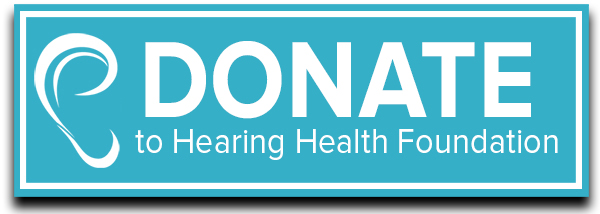By Yishane Lee
Electrocochleography (ECochG) is a method to record electrical responses from the inner ear and the auditory nerve in the first 5 milliseconds after a sound stimulus, such as a click or tone burst. These stimuli can be adjusted for repetition rate and polarity, and recordings can also be taken from either the ear canal, eardrum, or through the eardrum. The main components of ECochG response are the summating potential (SP), from the sensory hair cells in the cochlea, and the action potential (AP) of auditory nerve fibers. In an October 2018 paper in the journal Canadian Audiologist, 2015 ERG scientist Wafaa Kaf, Ph.D., reviews the diagnostic applications for using ECochG for Ménière’s disease and cochlear synaptopathy, two conditions that can be difficult to pinpoint, especially early in the disease, and suggests how to improve the use of ECochG as a clinical tool.
Shutterstock
Endolymphatic hydrops, or abnormal fluctuations in inner ear fluid, is believed to be the underlying cause of Ménière’s disease and its associated hearing and balance disorder. ECochG collects information about the SP/AP amplitude and area ratios that can be used to confirm a Ménière’s diagnosis, without relying solely on clinical symptoms.
Since the SP/AP amplitude ratio can vary among known Ménière’s patients, Kaf suggests including data about the SP/AP area ratio as well can help with diagnosing the disease. To further distinguish Ménière’s, Kaf suggests using ECochG AP latencies, and, building on her prior research, the effect of fast click rates on the auditory nerve latency and amplitude. Using the continuous loop averaging deconvolution technique, various properties of the SP and AP waveforms are easier to identify and parse. Results suggest that the functions of the cochlear nerve and/or cochlear synapses are damaged in Ménière’s. Earlier research that shows an abnormal acoustic reflex decay in about a quarter of Ménière’s patients, and a reduced number of synapses between inner hair cells and auditory nerve fibers, underscores the presence of nerve damage in Ménière’s.
Cochlear synaptopathy is a noise-induced or age-related dysfunction that is also causing reduced synapses between inner ear hair cells and auditory nerve fibers, resulting in tinnitus, hyperacusis, and difficulty hearing in noise despite normal hearing sensitivity. ECochG may help with its diagnosis, especially given that traditional audiograms and hearing tests have been found to miss this “hidden hearing loss.” The use of both the SP/AP amplitude and area ratios and specific auditory brainstem responses can help confirm this condition and distinguish it from Ménière’s disease.
ECochG can also be used to help confirm the diagnosis of auditory neuropathy spectrum disorder, a problem with the way sound is transmitted between the inner ear and the brain, and other inner ear disorders. The technique can also be used to monitor ear responses, real-time, during surgeries such as a stapedectomy, endolymphatic shunt, and cochlear implantation, additional instances demonstrating how ECochG holds promise for expanded use in the clinic.
A 2015 ERG scientist funded by The Estate of Howard F. Schum, Wafaa Kaf, Ph.D., is a professor of audiology at Missouri State University.
We need your help supporting innovative hearing and balance science through our Emerging Research Grants program. Please make a contribution today.









